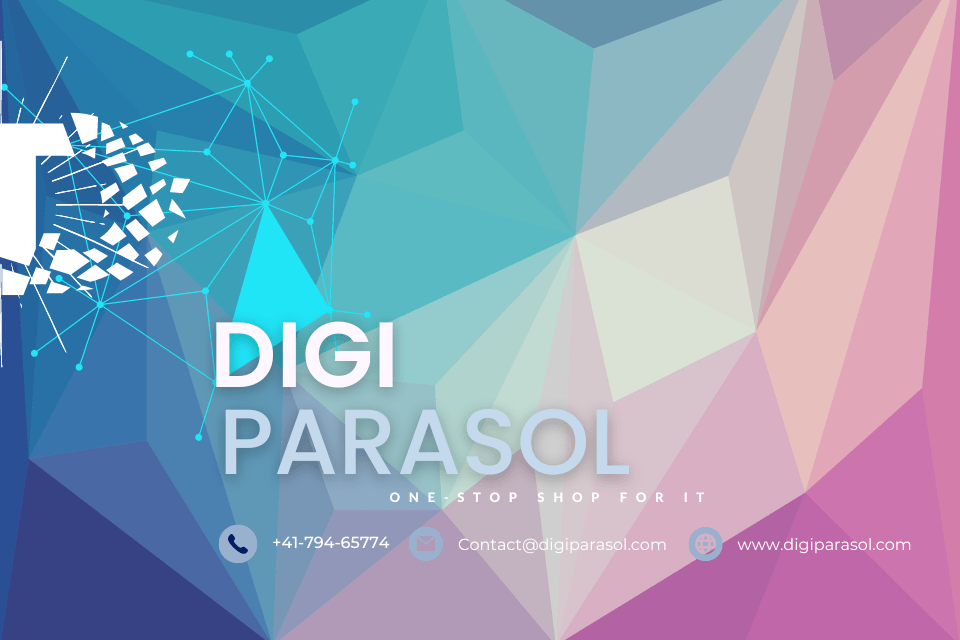Empowering Students through Personalized Learning Paths: A Guide to Success
In today’s modern educational landscape, the traditional one-size-fits-all approach to teaching is becoming increasingly outdated. Students have diverse learning styles, interests, and strengths, and it only makes sense to provide them with personalized learning experiences that cater to their individual needs. This is where personalized learning paths come into play.
What is personalized learning?
Personalized learning is an approach to education that tailors instruction, pacing, and content to meet the specific needs of each student. This means that students are able to learn at their own pace, using materials and resources that are best suited to their learning styles and preferences. By empowering students to take control of their own learning paths, educators can create a more engaging and effective learning experience for each and every student.
Benefits of personalized learning paths
There are numerous benefits to empowering students through personalized learning paths. Here are just a few:
1. Increased engagement: When students are able to take ownership of their learning and pursue topics that interest them, they are more likely to be engaged and motivated to succeed.
2. Improved academic performance: By tailoring instruction to meet the specific needs of each student, personalized learning paths can help students achieve better academic outcomes.
3. Individualized support: Personalized learning paths allow educators to provide targeted support to students who may be struggling in certain areas, helping them to overcome challenges and succeed.
4. Fostering independence: By encouraging students to take control of their own learning paths, educators can help them develop important skills such as self-regulation and self-motivation.
Getting started with personalized learning paths
If you’re interested in implementing personalized learning paths in your classroom, here are some tips to help you get started:
1. Conduct a needs assessment: Before implementing personalized learning paths, it’s important to have a clear understanding of your students’ learning styles, interests, and strengths. This will help you tailor instruction to meet their specific needs.
2. Set clear goals: Define the learning objectives for each student and outline the steps they need to take to achieve those goals. This will help students stay on track and measure their progress.
3. Use technology: Technology can be a valuable tool for implementing personalized learning paths, allowing students to access a wide range of resources and materials tailored to their individual needs.
Essential equipment for personalized learning paths
While personalized learning paths can be implemented with minimal equipment, there are a few essential tools that can help make the process more effective:
1. Laptops or tablets: Providing students with access to laptops or tablets can help them access online resources, collaborate with peers, and track their progress.
2. Learning management system: A learning management system (LMS) can help educators organize and deliver personalized learning paths, track student progress, and communicate with students and parents.
3. Digital resources: Using digital resources such as online textbooks, interactive activities, and educational apps can help students engage with the material in a personalized and interactive way.
In conclusion, empowering students through personalized learning paths can lead to increased engagement, improved academic performance, and a more tailored learning experience for each student. By implementing personalized learning paths in your classroom and using the right equipment and resources, you can help students take control of their own learning and achieve their full potential.


